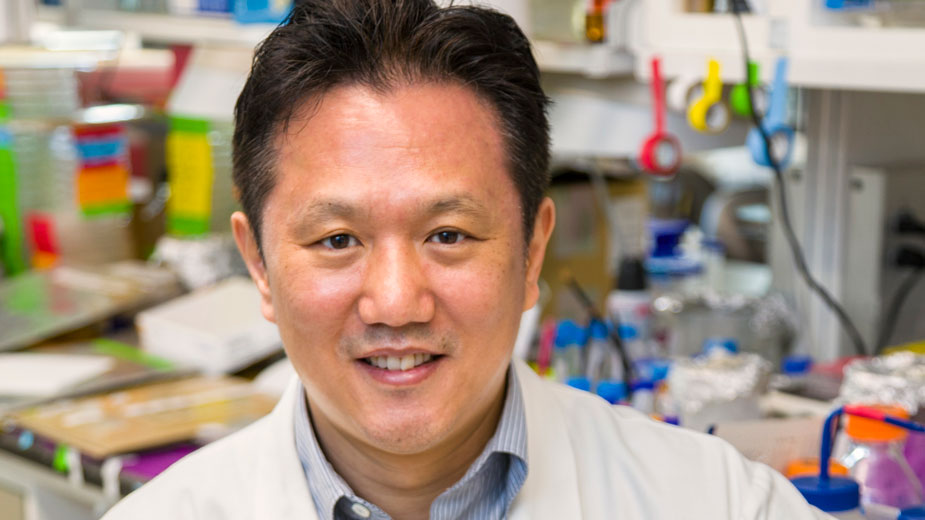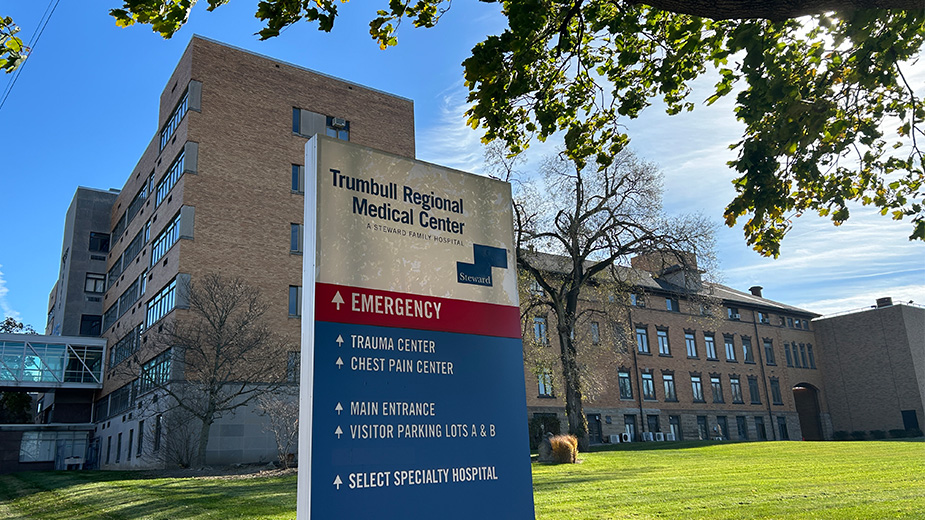Hartwell Foundation Recognizes CWRU, Autism Researcher
MEMPHIS, Tenn. — The Hartwell Foundation, a philanthropic institution committed to funding innovative biomedical pediatrics research, has named Case Western Reserve University in Cleveland among its national Top 10 Centers of Biomedical Research. The foundation also awarded a Hartwell Individual Biomedical Research Award to Hoonkyo Suh, Ph.D., assistant professor at the CWRU School of Medicine, for his work with autism spectrum disorders.
Each year, the Hartwell Foundation announces its Top Ten Centers of Biomedical Research. Selected institutions hold an internal competition to nominate three principal investigators for a Hartwell Individual Biomedical Research Award to pursue early-stage, innovative pediatric research that has not yet qualified for significant funding from outside sources.
“We are honored to be chosen as a top 10 research center of excellence in children’s health among this illustrious group,” said Lynn T. Singer, deputy provost and vice president of academic affairs, “especially as it demonstrates Case Western Reserve’s commitment to translational approaches that could rapidly benefit children’s health.”
Suh, who is also an assistant staff member in the department of stem cell biology at Cleveland Clinic, was awarded for his work entitled, “Hippocampal Nerve Cell Networks in Autism Spectrum Disorders.”
More than 3.5 million children in the United States are diagnosed with autism, with one of 68 younger than age 8 estimated to have the disorder. Suh’s work will test a new idea that autism is a disorder of specific neural circuits, which are structural arrangements of neurons and their interactions with each other.
Suh theorizes that aberrant neural circuits in the part of the brain called the hippocampus formed during fetal development and early childhood cause autism.
To evaluate the possible contribution of aberrant neural circuits to autism pathology, Suh will map and manipulate brain neural circuits in a mouse model. Understanding how neural circuits are anatomically and functionally altered in autism animal-models will provide greater insight into how autism develops and progresses in affected children.
“If we find that aberrant neural circuits in the hippocampus play an important role in the development and progression of autism, this will provide a compelling foundation for developing therapies for autism by targeting those circuits, said Suh, who received his doctorate in neuroscience from the University of Michigan and a bachelor’s degree in biochemistry from Yonsei University in Seoul, Korea.
Pictured: Hoonkyo Suh, assistant professor at the Case Western Reserve University School of Medicine.
Copyright 2024 The Business Journal, Youngstown, Ohio.



